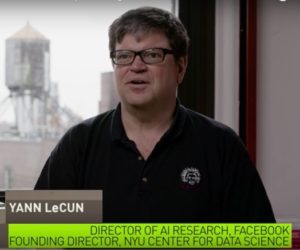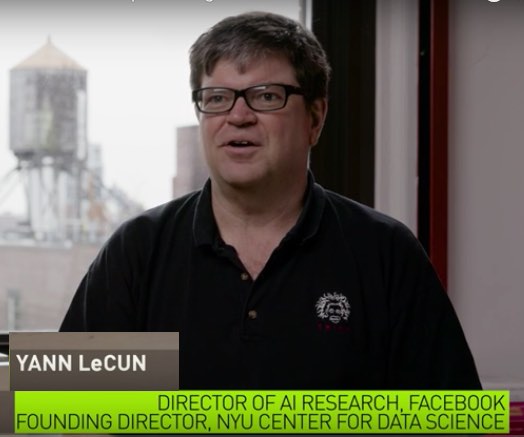 In this video, NYU researchers describe their plans to advance deep learning with their new Nvidia DGX-1 AI supercomputer.
In this video, NYU researchers describe their plans to advance deep learning with their new Nvidia DGX-1 AI supercomputer.
New York University’s Center for Data Science is at the cutting edge of fields with revolutionary implications such as machine learning, natural language processing, computer vision and intelligent machines. Because computing speed is critical to accelerating experimentation and advancing research, the center’s Computational Intelligence, Learning, Vision and Robotics (CILVR) lab recently acquired a DGX-1 to fuel this work like never before.
The CILVR lab has “unsupervised learning” as its focus. The lab’s faculty, research scientists and graduate students are developing techniques that allow machines to learn from raw, unlabeled data by, for example, observing video, looking at images or listening to speech.
These techniques are then applied to computer vision applications like self-driving cars that can understand the environment around them, medical image analysis that can detect tumors or disease earlier and more accurately than traditional methods, and natural language processing that can translate languages, answer questions or hold a dialogue with people.
“The DGX-1 is going to be used in just about every research project we have here,” said Yann LeCun, founding director of the NYU Center for Data Science and a pioneer in the field of AI. “The students here can’t wait to get their hands on it.”
In this video from ISC 2016, Marc Hamilton from Nvidia describes the DGX-1, which delivers up to 170 teraflops of performance — equivalent to 250 conventional servers — in a box the size of a small suitcase.




